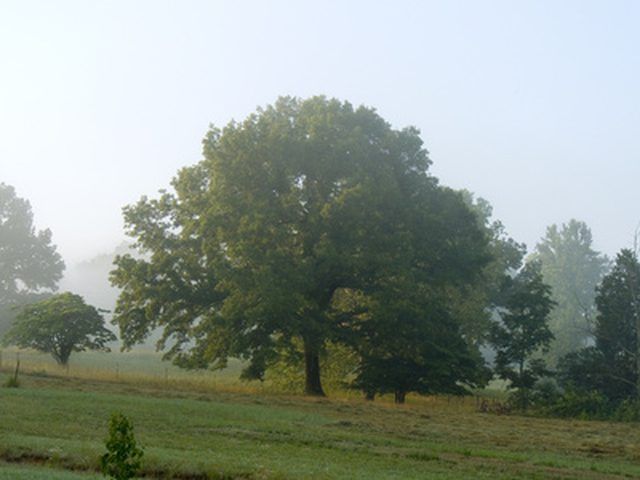Bulbs
Flower Basics
Flower Beds & Specialty Gardens
Flower Garden
Garden Furniture
Garden Gnomes
Garden Seeds
Garden Sheds
Garden Statues
Garden Tools & Supplies
Gardening Basics
Green & Organic
Groundcovers & Vines
Growing Annuals
Growing Basil
Growing Beans
Growing Berries
Growing Blueberries
Growing Cactus
Growing Corn
Growing Cotton
Growing Edibles
Growing Flowers
Growing Garlic
Growing Grapes
Growing Grass
Growing Herbs
Growing Jasmine
Growing Mint
Growing Mushrooms
Orchids
Growing Peanuts
Growing Perennials
Growing Plants
Growing Rosemary
Growing Roses
Growing Strawberries
Growing Sunflowers
Growing Thyme
Growing Tomatoes
Growing Tulips
Growing Vegetables
Herb Basics
Herb Garden
Indoor Growing
Landscaping Basics
Landscaping Patios
Landscaping Plants
Landscaping Shrubs
Landscaping Trees
Landscaping Walks & Pathways
Lawn Basics
Lawn Maintenance
Lawn Mowers
Lawn Ornaments
Lawn Planting
Lawn Tools
Outdoor Growing
Overall Landscape Planning
Pests, Weeds & Problems
Plant Basics
Rock Garden
Rose Garden
Shrubs
Soil
Specialty Gardens
Trees
Vegetable Garden
Yard Maintenance
Kentucky Tree Leaf Identification
Kentucky Tree Leaf Identification. Located on the western slopes of the Appalachian Mountains along the Ohio River, Kentucky has a rich and varied flora, which includes many kinds of trees. Correct identification of the leaf is still one of the main ways of knowing the many trees of the "Bluegrass State." Avid botanists should be aware...

Located on the western slopes of the Appalachian Mountains along the Ohio River, Kentucky has a rich and varied flora, which includes many kinds of trees. Correct identification of the leaf is still one of the main ways of knowing the many trees of the "Bluegrass State." Avid botanists should be aware that because of its location, Kentucky nurtures many trees that prosper on drier, well-drained sites.
Compound Leaf
One of the keys to plant identification is knowing a simple leaf from a compound leaf. In Kentucky three very distinctive woody members of the pea family can be found. They are the black locust, honey locust and Kentucky Coffee tree. All three trees are characterized by long compound leaves and thick woody pods, but the Kentucky Coffee tree has a huge overall size to the compound leaf, which ranges between 1 and 3 feet in length. However, the black locust compound leaf is smaller than the coffee tree but larger than the honey locust.
The Oaks
According to the University of Kentucky arboretum, 80 percent of the Kentucky forest is dominated by oaks of which there are 20 species. Among these trees, the red oak subgroup contains 13 species, while there are seven species in the white oak division. All oaks have alternate leaves, which are usually ovulate and lobed. Many are deeply indented. In general, the white oak group has rounded lobes or simple elliptical leaves, while the red oaks have bristle-tipped lobes.
Kentucky State Tree
The state tree of Kentucky (Liriodendron tulipifera) has many names, including tulip poplar, tulip tree, yellow poplar and canoewood. The most common name, tulip tree, derives from the fact that the large leaf has the same shape as that of the tulip flower. However, the tulip tree or tulip popular is not a true popular at all, but rather it is part of the magnolia family.
Many Distinctive Trees
Since Kentucky has many distinct trees, residents sometimes debate about which plant should be their state tree. Other colorful choices include the Indian Cigar Tree (Catalpa), the sycamore and of course the Kentucky Coffee tree. For instance, the Catalpa has huge (6 to 12 inches across) heart-shaped leaves that create a thick canopy. To a botanist, the leaf is simple, opposite (sometimes whorled) and cordate (also called heart-shaped). Every tree leaf can be broken down into basic terms derived from actual leaf observation.
Leaf Identification
Since so many deciduous trees abound in the Bluegrass state, it is necessary to explain which leaf characteristics to look for. For instance, leaves can be simple or compound and leaf shape can come in up to nine shapes. Having an evergreen leaf on a tree narrows down the possibilities to a handful of trees (i.e., holly, live oak, magnolia, laurel), as does description of the base, tip and outside edge. Leaf identification of an unknown tree is often accomplished with a dichotomous key, which methodically runs through the various leaf features one by one until the tree leaf is correctly identified.